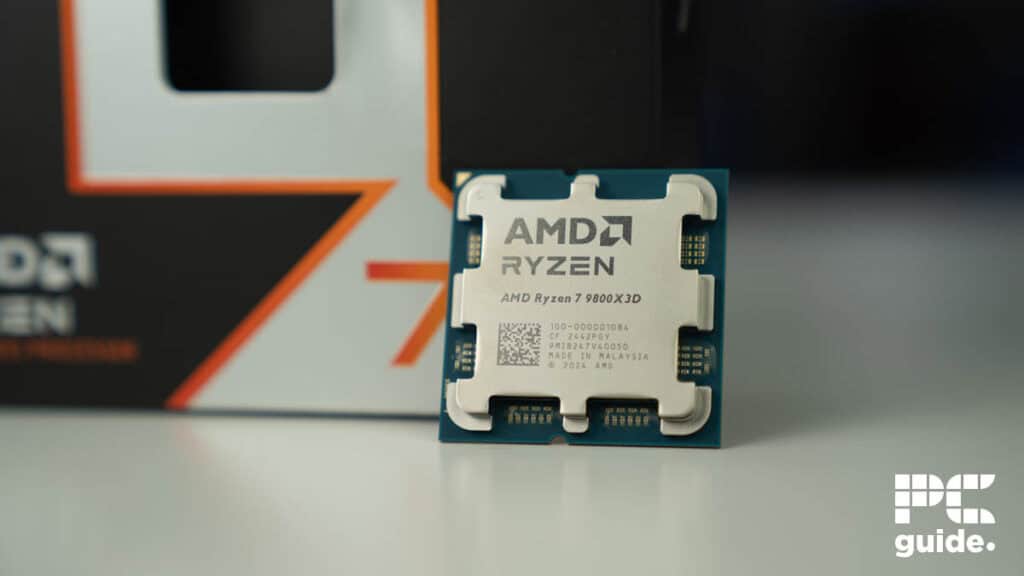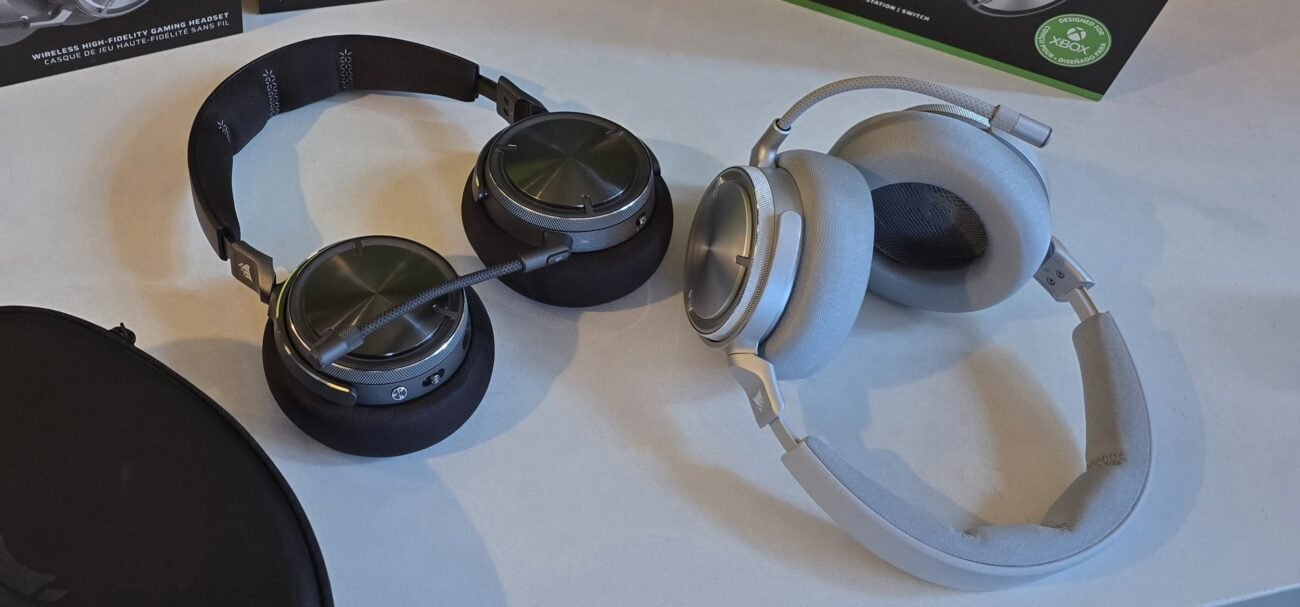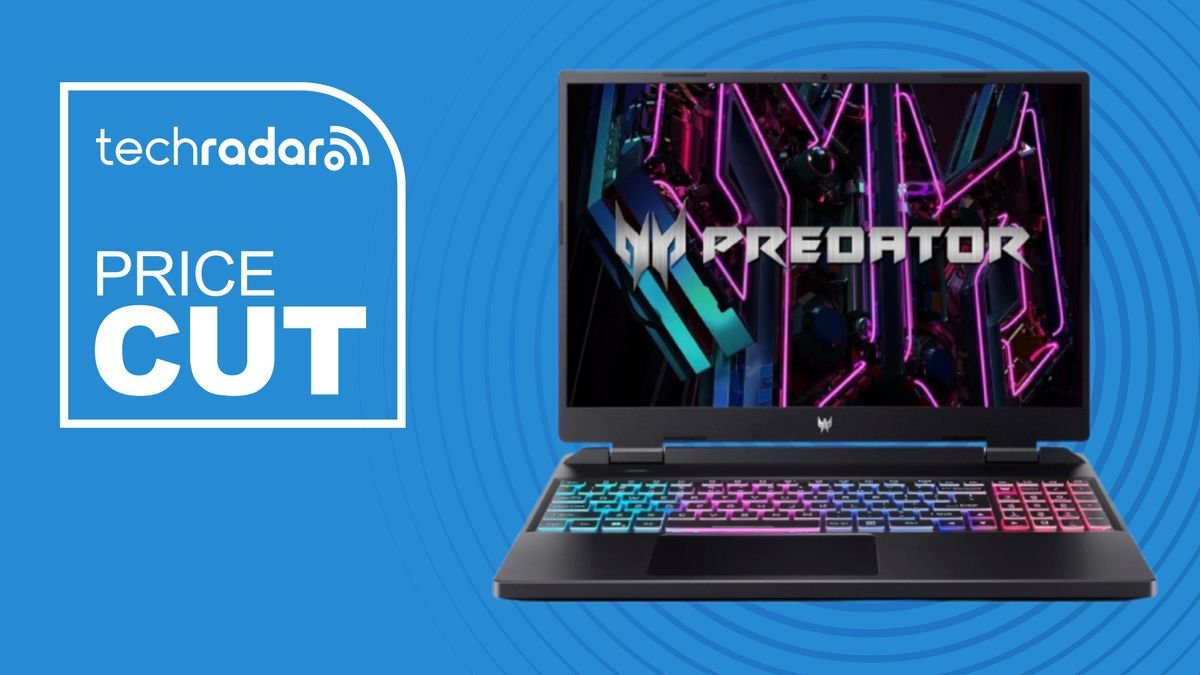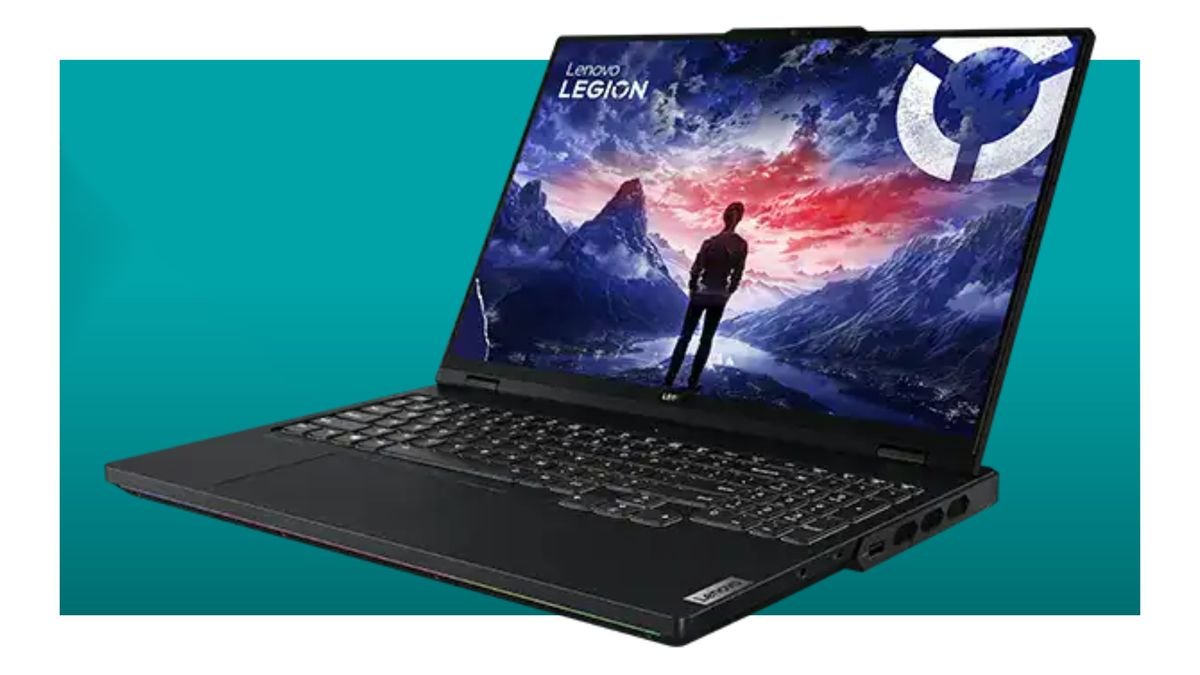Anyone who has been following recent PC hardware launches probably knows about the AMD Ryzen 7 9800X3D that was released just over a week ago. It entered the market as the world’s best gaming CPU and has been passing benchmark tests with flying colors. It is a step above Intel’s current flagship Core Ultra 285K which launched not long before the Ryzen chip.
The influence of X3D, AMD’s 3D V-cache technology, has been evident. These processors regularly top CPU sales charts and seem to prove that gaming performance sells well (for both CPUs and GPUs). With that in mind, it feels increasingly important that Team Blue has an answer to X3D if they want to compete in gaming.
AMD Ryzen 7 9800X3D returns to Amazon
AMD’s Ryzen 7 9800X3D is finally back in stock on Amazon.US. Remember, use the “other sellers” button to ensure you get the best price through Amazon.
Prices correct as of November 14th, 2024.
Intel is planning on larger cache size for Xeon CPUs
Intel Tech Communication Manager Florian Maislinger has confirmed plans for a larger cache size in an interview with Der8auer and Bens Hardware. After translating the report over on HardwareLuxx, we can see that Intel considers gaming “too small a market” and the same goes for the desktop sector in general. So, Intel isn’t immediately planning on competing directly with X3D for gaming, but it is developing “a CPU for the first time that has a cache tile” – however, this won’t be for a desktop processor.
The additional cache is instead reportedly planned for the upcoming ‘Clearwater Forest’ series of Xeon CPUs. If you haven’t heard of these, it’s because Intel Xeon Processors are designed for the likes of workstations, servers, AI development, and data centers – all of which are some way away from your usual desktop gaming chip.
A patent from last year, referred to as Adamantine, confirmed plans for L4 cache, though this is yet to be utilized. Intel could in theory implement this cache as a separate tile, but the multi-layer route AMD is using may still prove to come out on top. The 9800X3D packs in a massive 96MB of L3 cache which allows quicker data access, resulting in improved gaming performance, and as evident in our benchmarks, more stable 1% lows.

We reviewed the 9800X3D and gave it a perfect 5/5 score, something we haven’t been able to justify with the recent Intel processors, including the Core Ultra 285K which we called “a necessary fresh start” – though it doesn’t provide nearly enough uplift compared to last gen. With the benefit of a larger cache in gaming evident, Intel seems to be falling behind with each generation and we don’t expect AMD to slow up on X3D processors.












